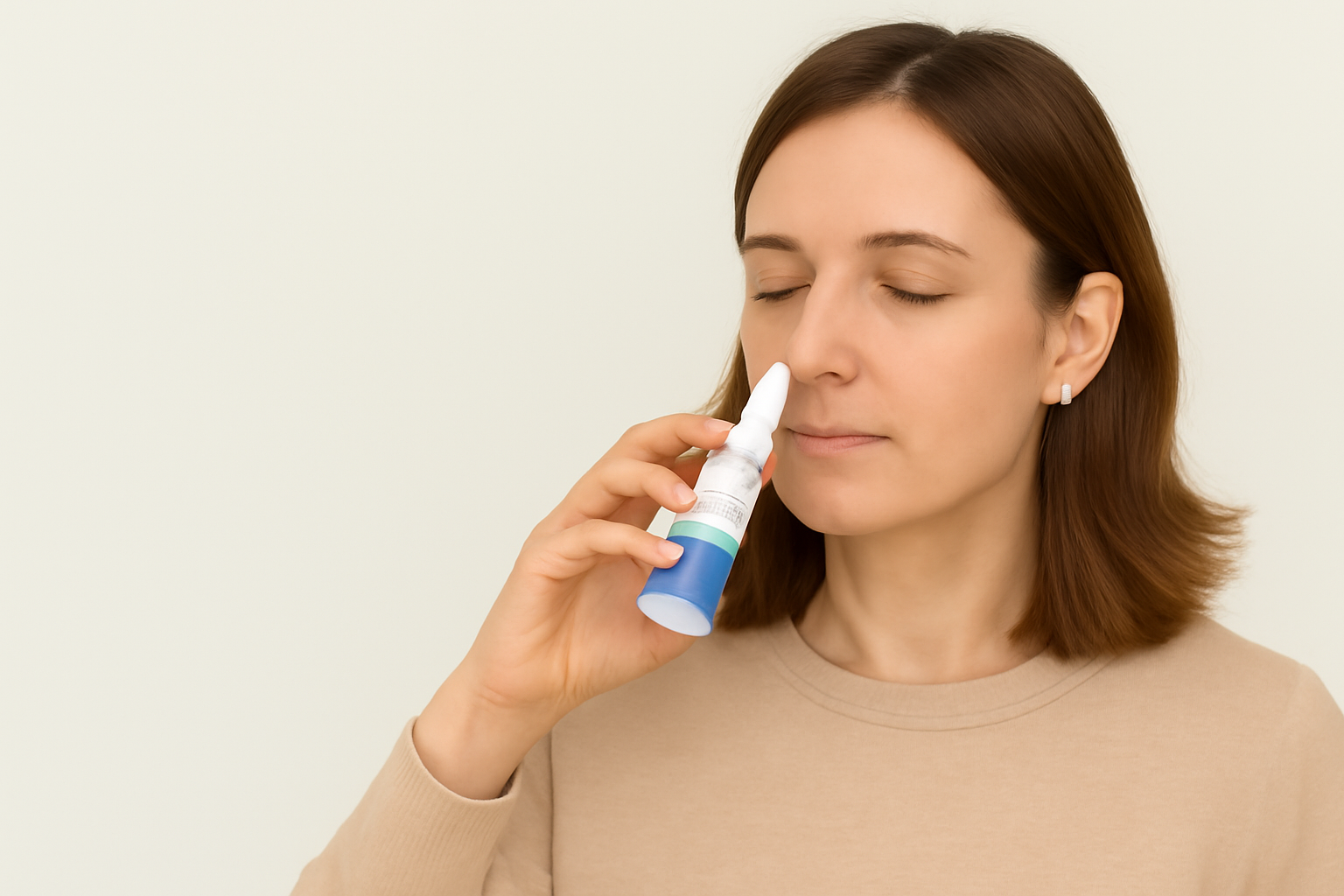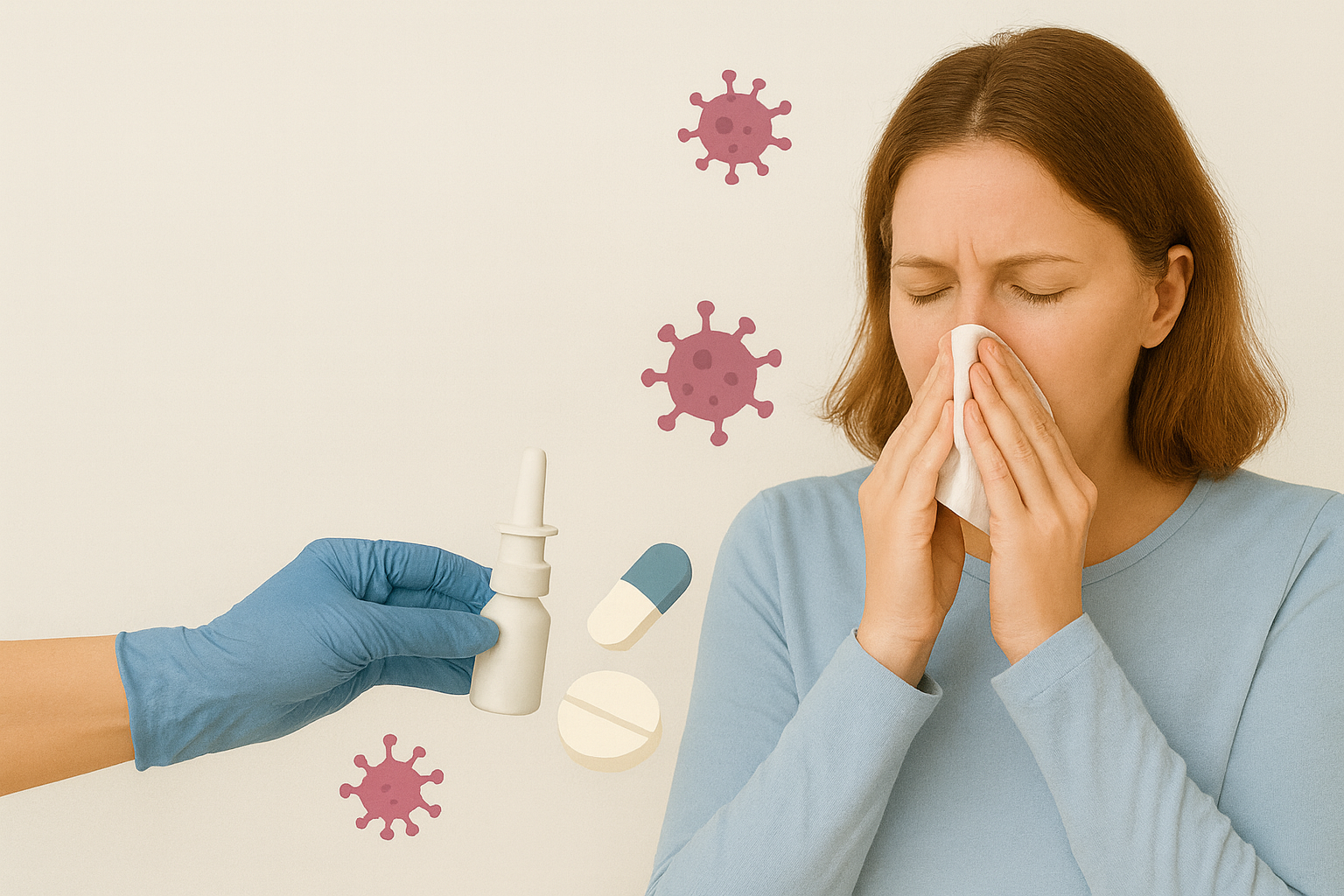As the global community continues to grapple with COVID-19, researchers are exploring safe, fast-acting, and long-lasting solutions to limit the virus’s transmission. Among the many candidates, povidone-iodine (PVP-I)—a time-tested antiseptic—has emerged as a promising option. In this study, researchers evaluated in-situ gel forming nasal and ocular formulations of PVP-I for their ability to inactivate SARS-CoV-2 and their safety profile in vivo.
The result? These gel-based formulations not only rapidly inactivate the virus in lab settings but also demonstrate minimal toxicity, offering a potential solution for both prevention and early intervention.
Background: Why Target the Nose and Eyes?
SARS-CoV-2 enters the body primarily through the nasal cavity and, to a lesser extent, the ocular surface. Nasal goblet and ciliated cells, rich in ACE2 and TMPRSS2 receptors, act as early hosts for the virus. These sites also serve as transmission points, particularly when individuals are asymptomatic or mildly symptomatic.
Therefore, reducing the viral load in these key entry points may not only prevent disease progression but could also reduce onward transmission.
The Innovation: In-Situ Gel Forming Formulations
The study introduces two proprietary PVP-I-based formulations:
- IVIEW-1503: A nasal spray designed to form a gel upon contact with nasal secretions.
- IVIEW-1201: An ophthalmic solution that gels upon contact with tear fluid.
These formulations are designed using a mucoadhesive, ion-sensitive gel system (based on gellan gum), which extends the contact time of the antiseptic on mucosal surfaces—addressing one of the key limitations of conventional liquid antiseptics.
In Vitro Virucidal Efficacy
The virucidal activity was assessed using SARS-CoV-2 strain USA_WA1/2020 incubated with various dilutions of the formulations for 30 seconds, 2 minutes, and 10 minutes.
Key findings include:
- Both IVIEW-1503 and IVIEW-1201 demonstrated strong, dose-dependent and time-dependent reductions in viral titers.
- Higher concentrations (≥0.5% PVP-I) reduced virus levels to below the detectable limit within 30 seconds to 2 minutes.
- Even at lower concentrations (0.17%–0.28%), the formulations showed significant antiviral activity.
These results suggest that PVP-I gel formulations can quickly and effectively inactivate SARS-CoV-2, potentially making them suitable for early-stage treatment or prophylaxis.
Safety and Toxicity Studies
Ocular Toxicity (Rabbits):
- A 7-day repeat dose study was conducted using 0.6% and 1.0% PVP-I ophthalmic formulations.
- Results showed mild, transient irritation with no lasting histological damage to ocular tissues.
- No significant corneal damage was observed, indicating that the formulations are safe for short-term use.
Intranasal Toxicity (Rats):
- A 28-day study using PVP-I concentrations higher than IVIEW-1503 showed no adverse effects in terms of weight, behavior, thyroid/lung pathology, or visible irritation.
- These findings support the safe intranasal use of PVP-I even with repeat dosing.
Clinical Significance and Future Outlook
The potential of these gel-based formulations lies in their longer retention on mucosal surfaces and broad virucidal efficacy. As nasal and ocular portals are both primary routes for SARS-CoV-2 infection, sustained-release antiseptics like IVIEW-1503 and IVIEW-1201 may become valuable tools in high-risk environments such as:
- Healthcare settings
- Public transportation hubs
- Long-term care facilities
- Pre-procedural decontamination
Moreover, widespread use could reduce healthcare burdens by preventing disease progression in early-stage or asymptomatic carriers—especially crucial given the cost of care for COVID-19 patients with complications.
Conclusion
This study presents compelling evidence that in-situ gel forming PVP-I nasal and ocular formulations can safely and effectively inactivate SARS-CoV-2 in vitro. These findings support their potential use as prophylactic or therapeutic agents, pending further clinical trials.
If validated in human studies, such formulations could be a low-cost, accessible, and fast-acting adjunct to current preventive measures—adding a much-needed layer of protection in the fight against COVID-19.






.png)